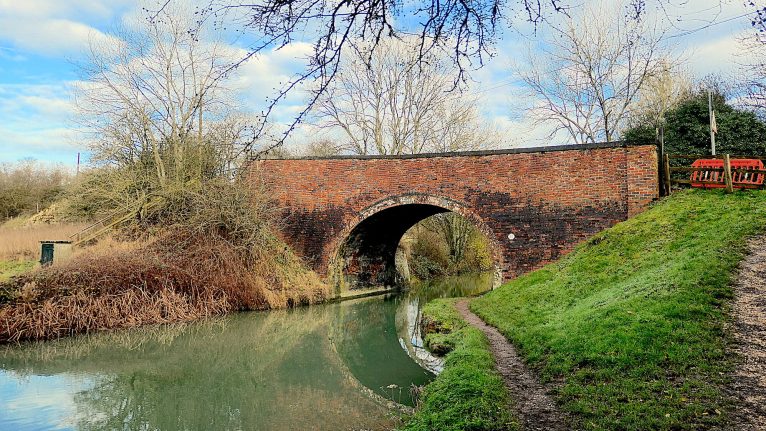While climate pressures mount, the fight for our environment is gathering pace around the UK and beyond. The people behind Knepp Estate, a 3,500-acre rewilding project just a few miles from Gatwick Airport, are changing the fates of endangered species – and getting the conservationists of tomorrow involved too.
Knepp, arguably one of Britain’s most successful rewilding projects, began its transformation at the turn of the millennium when its owner conceded that the land wasn’t suitable for modern farming. Dairy cattle and machinery were sold, grazing animals were introduced – fallow deer, piglets, longhorns, Exmoor ponies – to keep the emerging shrub in check. This first step created an ever-changing tapestry of habitats as grazing animals transferred seeds and nutrients across the landscape.
Soon, turtle doves – one of the UK’s fastest declining bird species – were recorded at Knepp for the first time. Then came ravens, then tens of thousands of painted lady butterflies drawn to the area by creeping thistle, then 13 of the UK’s 17 bat species. White storks bred successfully on the land, a first for Britain since 1416. Hundreds of critically endangered species have found a home there since, helped along by Knepp’s river restoration work.
Its nature recovery corridor project will see a 100-mile-long pathway created for wildlife to travel easily through environments. The estate is helping build futures for green-minded youngsters in more than one way, offering work placements and training courses for 16- to 25-year-olds.
Half the battle is “to wait and see what turns up of its own accord,” according to the brains behind Knepp estate’s success. In Kent, the Wilder Blean project takes a similar approach with one added extra: bison. The way they graze, eat bark, fell trees and dust bathe is believed to be of particular help to the emerging habitats around them.
- How London’s history-making beavers are adapting to life in the capital: ‘They have a right to exist’
- Hedgerows are amazing. Here’s why we must plant more of them
That’s why in 2022 the animals were transported from Scotland, Ireland and Germany to create a herd in West Blean and Thornden Woods as part of a UK-first experiment establishing if bison really are the “ecosystem engineers” they’re thought to be. Kent Wildlife Trust and Wildwood Trust monitor the bisons’ impact on the ancient woodland, hopeful that letting nature take charge will prove more successful than human management of biodiversity, and compare it to the effect of longhorn cattle elsewhere in the wood.









